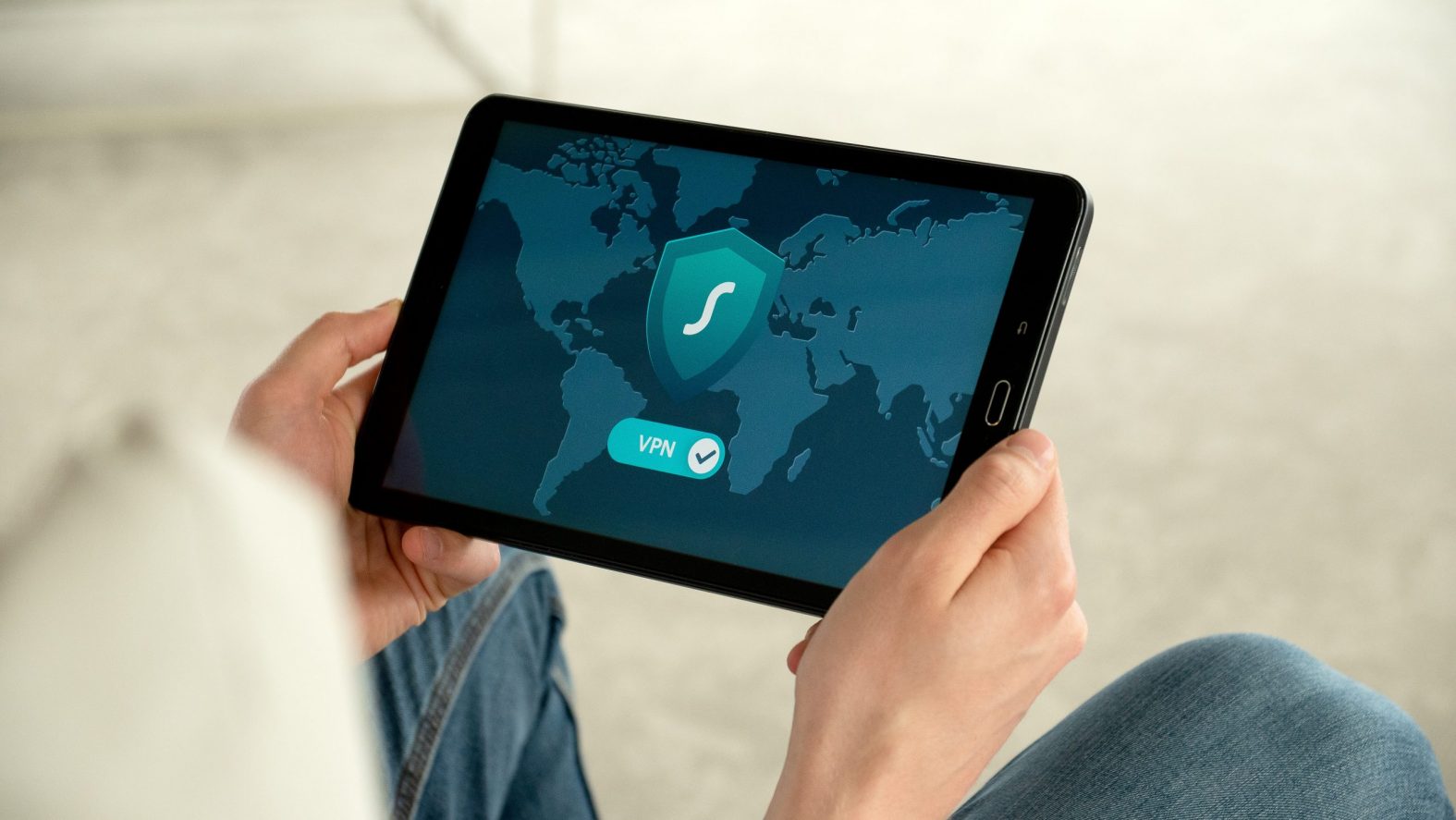Technology continues to evolve alongside marketing and product changes. Additionally, the COVID-19 pandemic has highlighted the need to update and fix many of the current tech systems, including remote work models.
Working with a trusted IT partner is more important than ever for businesses and the back-end services they need to leap headfirst into the digital world. Here a few recommendations for IT upgrades to consider for your business:
Implement MFA
Multi-factor Authentication (MFA) is an authentication method that requires the user to provide two or more verification factors to gain access to a resource such as an application, online account, or a VPN. Rather than just asking for a username and password, MFA requires one or more additional verification factors, which decreases the likelihood of a successful cyber attack. Many online services (banks, social media, online shopping) have therefore begun to add the ability to configure MFA, also known as two-step verification, to keep accounts more secure. It is quickly becoming essential protection for any businessCheck out our recent post on this topic to learn more.
Don't use work devices for personal use (and vice versa)
In the age of remote work it’s easier than ever to blur the lines between work and personal life, including your technology. A report from cybersecurity vendor Morphisec released in June 2020 found that 56% of employees reported using their personal computer as their work device. Using personal devices for work matters, or using company technology for personal matters, is not safe unless configured properly. Some activities may seem harmless (personal shopping, social media, personal internet searches, for example) but others are much more potentially hazardous such as storing personal data on your work laptop or vice versa, storing sensitive company information on your personal device.
Using your devices in this manner introduces the possibility of creating massive security issues for yourself or your company. Protect your (and your family’s, friends’ and coworkers’) privacy. And – even if nothing “bad” happens – your personal information stored on a company device is their property when you leave the company.
Implement backups and have a plan to restore in a disaster recovery scenario
No matter the size of your business, you are likely creating and managing large volumes of electronic information and data. Some of this data is often vital to the survival and continued operation of the business. Prepare your company for the worst with an IT Disaster Recovery Plan. It’s best to work with your managed services provider to come up with a specific plan for your business, but any disaster recovery plan should be developed to anticipate the loss or corruption of one or more of the following systems: computer room environment, hardware, connectivity to a service provider, software applications, and data and restoration.
Use computers that are under active warranty
Warranties are often overlooked when it comes to technology because most computers “don’t break” these days. However, when something critical on the machine does fail, having an active warranty can solve a lot of problems and save significant cost. Broken hardware costs a lot of time and money to fix, presents a risk of loss of confidence from your employees or customers, and can have a significant negative impact on your bottom line. The point is – technology fails – and it’s not a matter of “if” but “when”. With an active warranty in place, you can operate with peace of mind knowing that your equipment can be repaired by a professional with minimal downtime when the inevitable happens.
Use applications with an active vendor support agreement
An active support contract is a vendor’s agreement to help you identify, troubleshoot and resolve issues with the product you purchased from them. Not only do you maintain a direct line of communication for support when needed, but the vendor should also provide you with patches and updates – a critical function because patches often address security issues or bugs in the code. Sometimes, with certain applications, you may even experience a lapse in product features if your support contract expires – for example, firewalls or other threat management features. Be sure to track the timeline of your agreements too – vendors may incur reinstatement costs if you forget to renew. Tracking vendor support is something that a managed IT service provider can help you with.
Cybersecurity awareness training and testing
You can have as many security products in place as is feasible, but employees still pose the biggest risk to your environment. Cybersecurity awareness training helps to minimize risk thus preventing the loss of personal information, intellectual property, money or brand reputation. An effective awareness training program addresses the cybersecurity mistakes that employees may make when using email and the web. Regular training, such as teaching employees how to identify phishing emails, should happen every 4-6 months, according to data from Advanced Computing Systems Association. Other bases to cover in security training include teaching employees not to overshare work or personal information on social media, how to use public WiFi safely, proper password management and more.
Ensure Windows and third-Party patches are up to date
Software updates can fix or remove bugs that have been discovered, and software patches often repair security holes created by hackers that have written malware into the code. Keeping your software updated is a crucial security measure for yourself and your business associates (if your device gets a virus, you could easily pass it on to the people you interact with online). Windows Updates should be audited on every computer at a minimum of every month to ensure that patches are being installed in a timely manner, and to correct issues when they fail to install.
Use a quality AV/EDR
Active EDR (endpoint detection response) allows tracking and contextualizing everything on a device. Active EDR is able to identify malicious acts in real time, automating the required responses and allowing easy threat hunting by searching on a single IOC (indicator of compromise). Endpoint security software is a program that is installed on laptops, desktops, and/or servers that protects them from the slew of attacks that can infect an endpoint – malware, exploits, live attacks, script-based attacks, and more – with the purpose of stealing data, profiting financially, or otherwise harming systems, individuals, or organizations.
SentinelOne – Complete is our product of choice for Active EDR. SentinelOne is an industry-first data lake that seamlessly fuses together the data, access, control, and integration planes of its endpoint protection (EPP), endpoint detection and response (EDR), IoT security, and cloud workload protection (CWPP) into a centralized platform.
Don’t use public WiFi without a VPN
Public WiFi is ubiquitous these days, and super convenient. However, you can expose yourself to a great deal of risk using public WiFi. A VPN (virtual private network) can help protect you. When you use a VPN, your internet traffic gets encrypted, so no one can intercept it via public WiFi. This is important because many public WiFi networks are not even password protected, meaning cyber criminals can easily see and keep track of all activity and hack into user accounts. A VPN makes sure your data is mixed up and made invisible to third parties. Malware can also make its way into your devices through public WiFi, or you may even fall for a “false network” – an unsafe version of a public WiFi network set up to dupe users and lure them into a trap. There are risks at every turn, which is why we recommend installing a VPN service on your devices (computer, phone and tablet) so cyber attackers cannot penetrate your wall of encryption.
use a password manager
With the number of logins we are all keeping track of these days, using a password manager program is a simple yet essential upgrade. A password manager is a piece of software that manages your digital security by helping you create, store and retrieve unique passwords for your online accounts. Download a password manager program recommended by your IT partner, create a master password for your “vault” (this should be longer than 12 characters but something you can easily remember – it’s the only one you will need to remember from here on out!) and start logging into all of your accounts. Your password manager will save all of your passwords in the secure vault and you only have to remember your vault password. Once you get settled in, you can also start changing your passwords to stronger options, and then store them so you don’t have to remember them.




